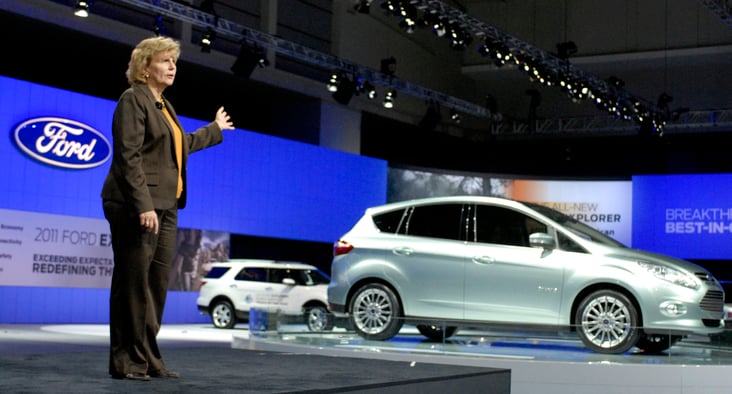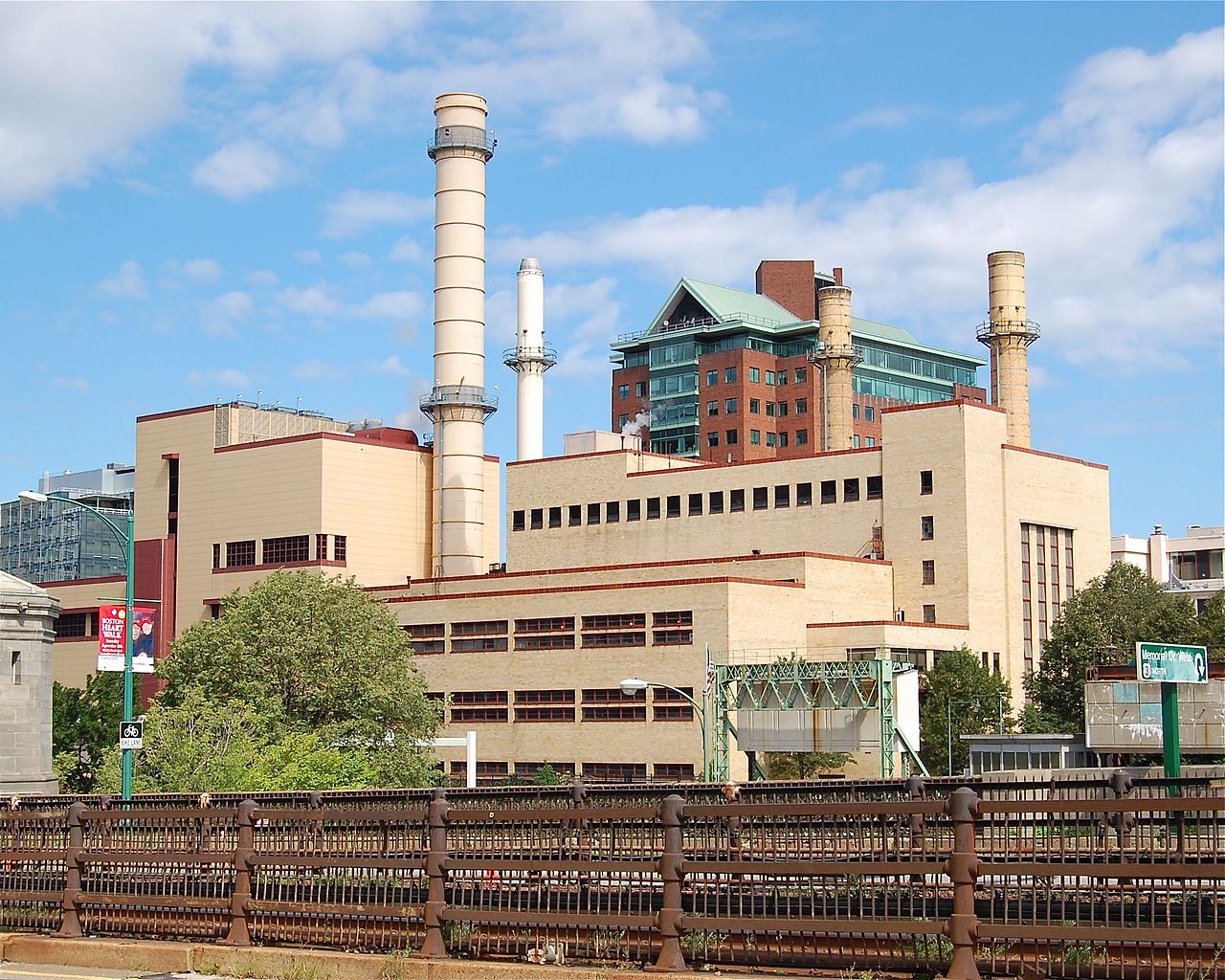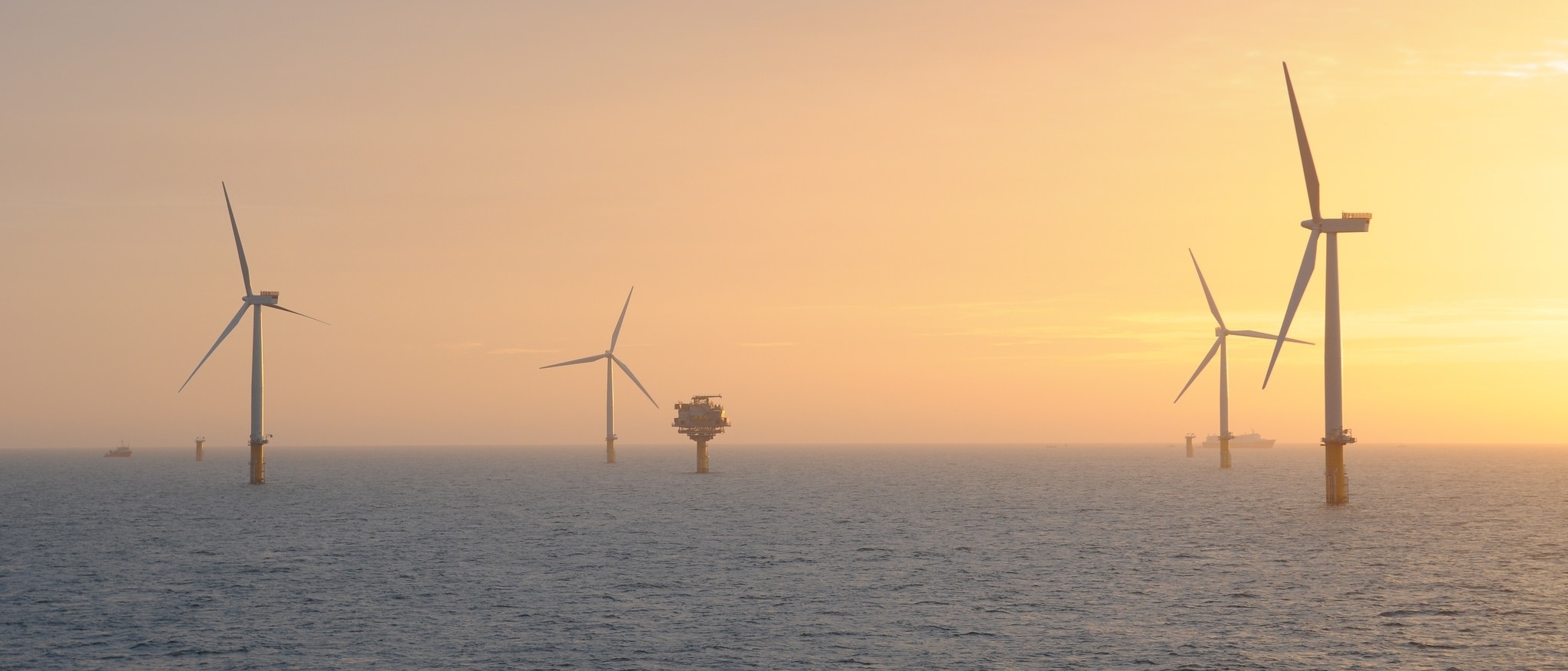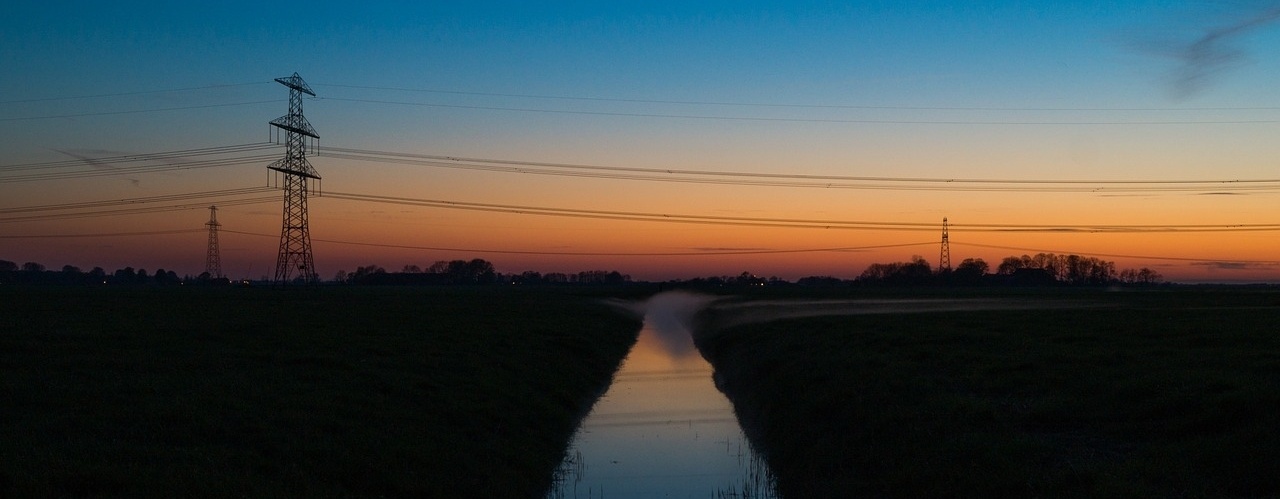
In May, the North American Electric Reliability Corporation (NERC) released “Phase II” of its reliability assessment of the Environmental Protection Agency’s Clean Power Plan (CPP). Those of us familiar with NERC’s Initial Reliability Report and its “Phase I” report were bracing for an exaggerated list of reliability threats we saw as inconsistent with current trends in the electricity system. What we got was quite different. The new NERC in a nutshell: Change is coming, CPP or not. But before we dig in, let’s recap the earlier reports, which did so much to raise concerns about the CPP.



